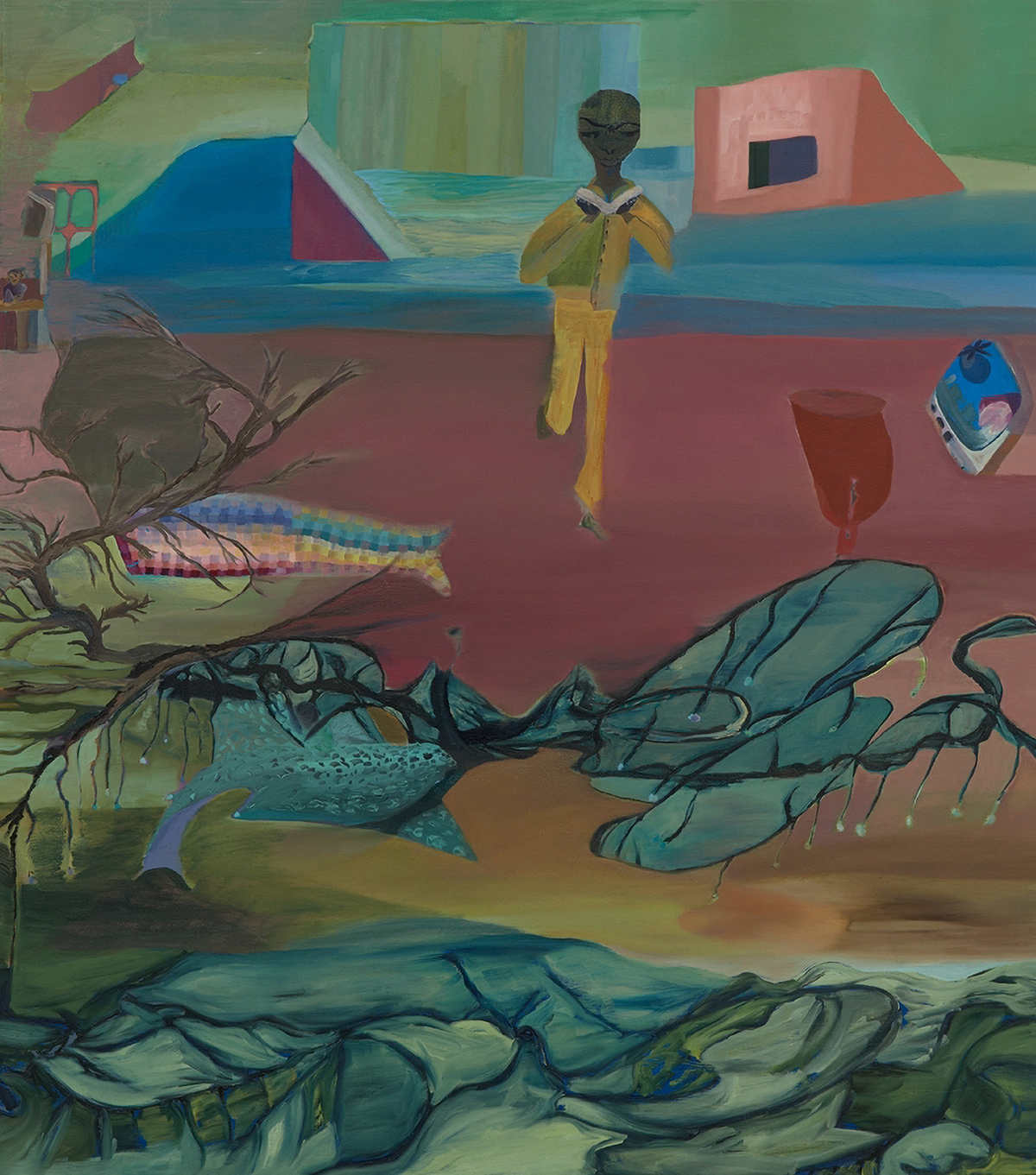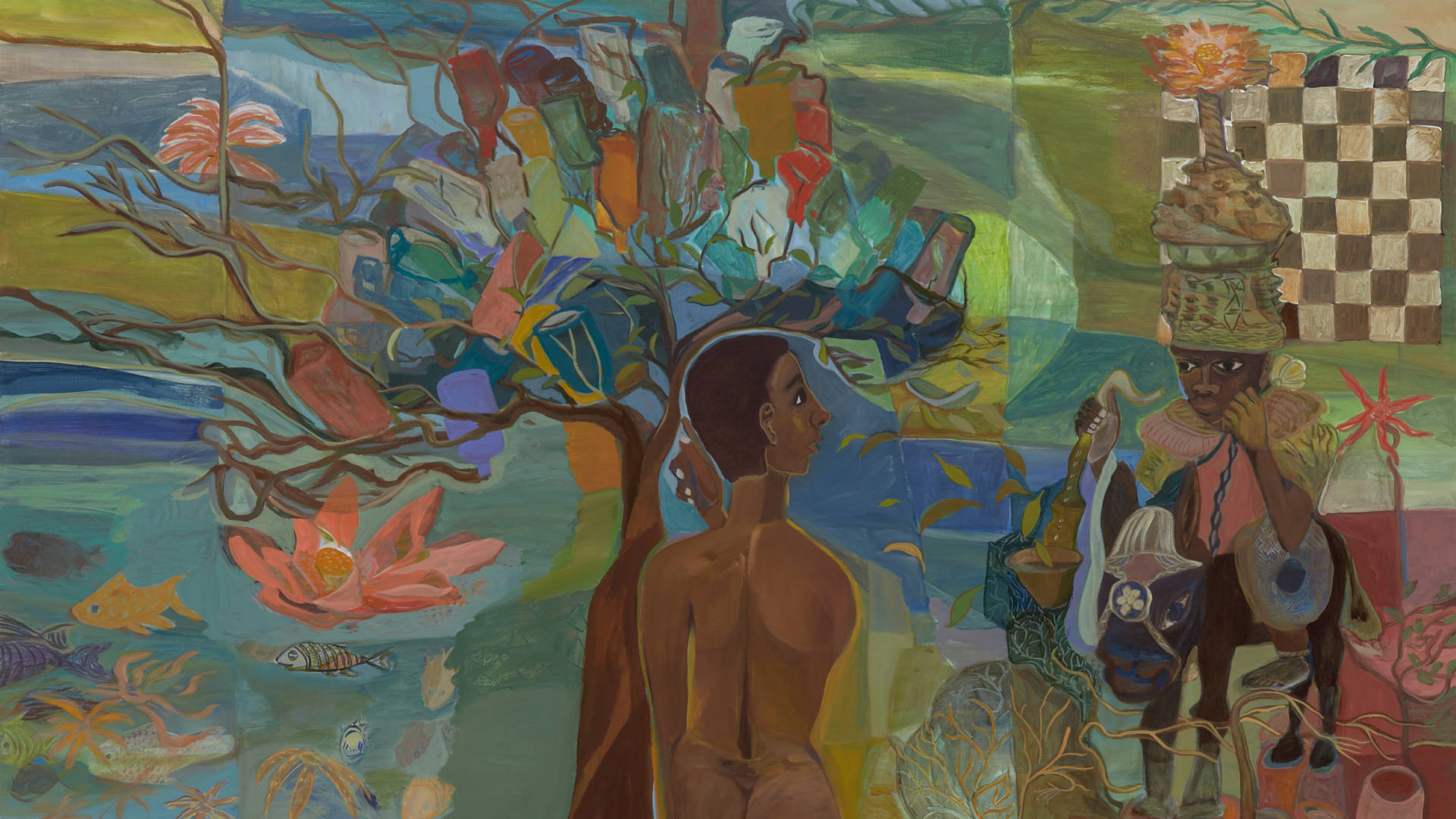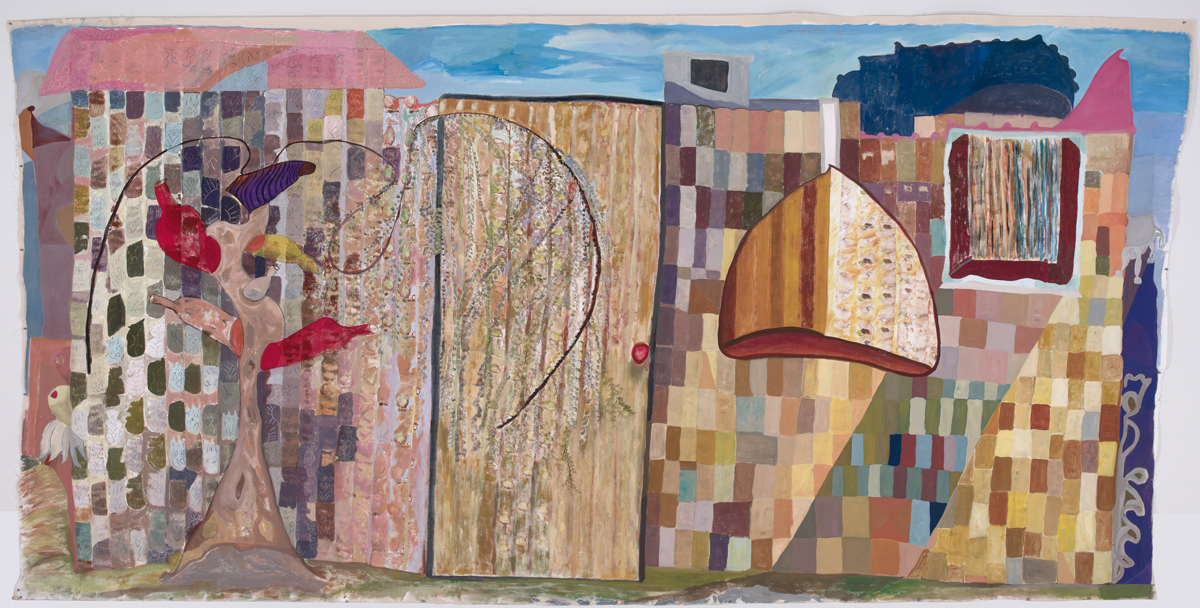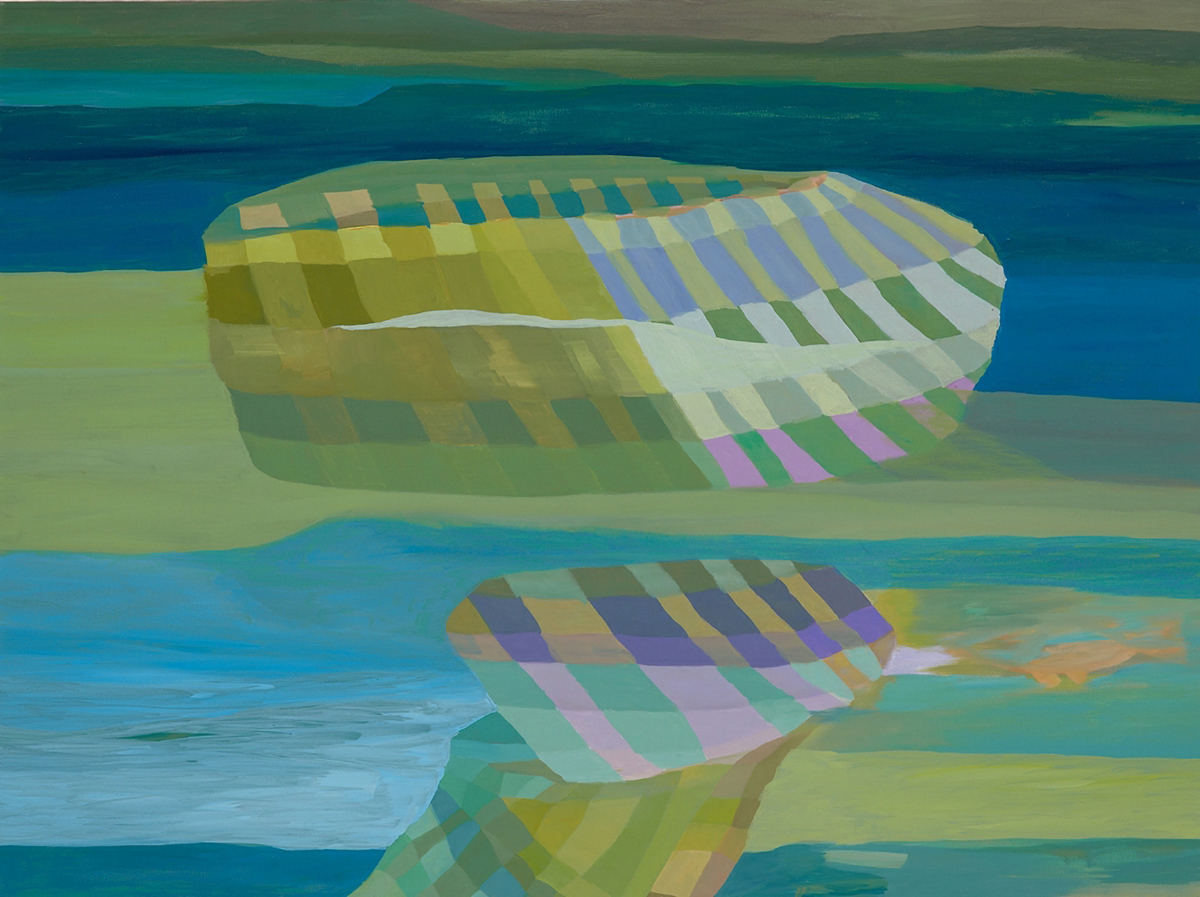In her memoir, The Light of the World, the poet Elizabeth Alexander chronicles the ways that she and her husband, the late painter Ficre Ghebreyesus, filled each other’s space to build a life and family together. Alexander’s book suggests that love is not blind, but actually a deeply visionary experience, a broadening of perspective that makes one alive to nuance in the world and in one’s self.
Their story is of an American woman and an Eritrean man who lived and worked in New Haven, Connecticut, and who reflected and refracted each other, finding new dimensions to not only sustain their marriage, but enrich their creative practices.
Ghebreyesus’ generosity is on full display in City With a River Running Through, a remarkable show of his work at San Francisco’s Museum of the African Diaspora (MoAD).
Working across styles, subjects and media, Ghebreyesus created from the currents of his own multifaceted identity, bringing the sum of his life as an artist, activist, refugee, chef, father, filmmaker and husband to each piece. He also brought with him his Blackness, which he understood in equally rich terms as a cultural inheritance and responsibility to kin, a bedrock of tradition that did not constrict, but celebrated what it meant to be free.

The freedom in a Ficre Ghebreyesus painting has something to do with movement and something to do with imagination. Mangia Libro depicts the archetypal Ghebreyesus-ian hero, a boy reading a book as he walks away from his village and into a dreamscape. Translating to “book eater” in Italian, “mangia libro” was Ghebreyesus’ childhood nickname, a reference to his insatiable appetite for learning. The exhibition is full of similarly intimate journeys, even if most of the pieces are more abstract than the questing of that painting’s iconic young boy.






